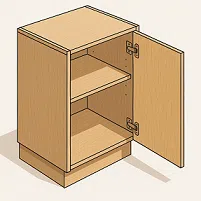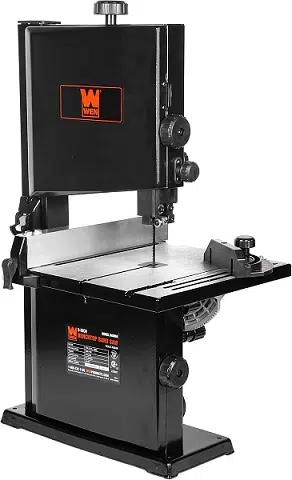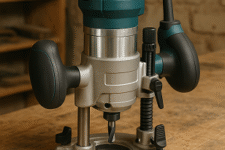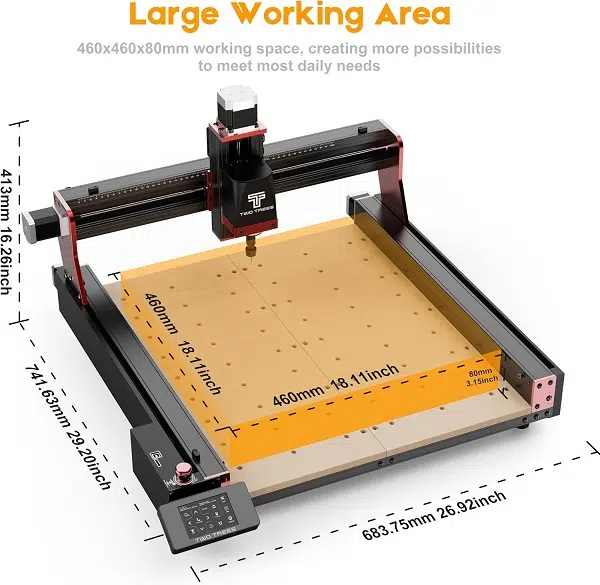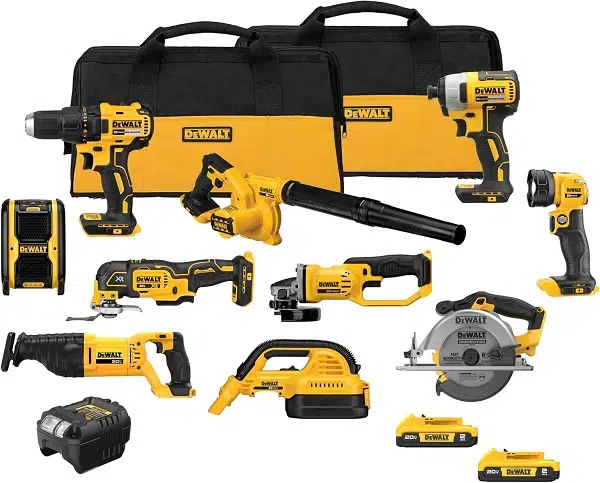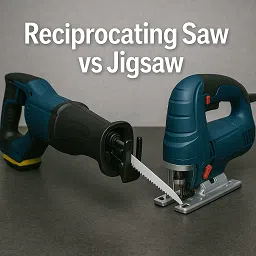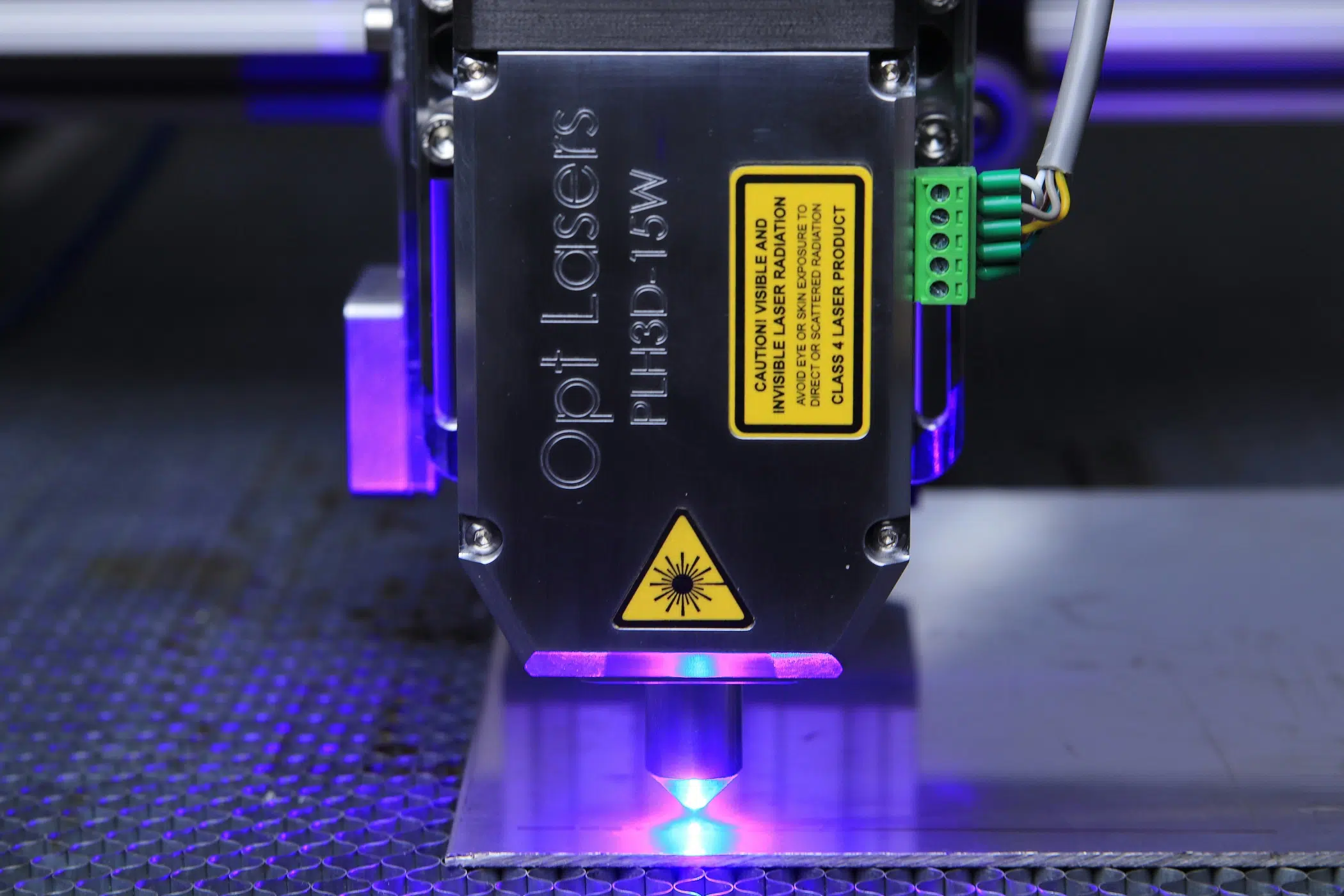
Introduction
Reciprocating saws (often called “Sawzalls”) are demolition superheroes—ripping through studs, nails, PVC, and tree branches with one tool. The challenge is choosing the right model: compact vs full‑size, orbital action, vibration control, battery platform, and then blades. Below you’ll find five standout saws covering different budgets and use cases, followed by a straightforward guide so you know exactly what to look for.
Selection Method
Each saw was evaluated for:
- Cutting Speed: Time to slice through a 2×4 with nails and 1½” PVC.
- Vibration & Comfort: Fatigue during extended demolition cuts.
- Control Features: Variable speed trigger, orbital mode, adjustable shoe.
- Runtime: Number of cuts per charge using the stock battery.
- Versatility: Tool‑less blade change, compatibility with specialty blades (pruning, bi‑metal, carbide).
Top 5 Reciprocating Saws
1. Milwaukee M18 Fuel SAWZALL (2821)
Why It Stands Out: Industry benchmark for power and durability. Brushless motor plus advanced electronics maintain speed under load. Great for framing tear‑outs.
Key Features: Orbital action switch, adjustable shoe, rafter hook.
Best For: Pros needing maximum productivity.
Watch Out: Higher cost; pair with a larger Ah battery for full potential.
2. DeWalt 20V MAX XR Compact Recip Saw (DCS369)
Why It Stands Out: The Short‑stroke compact body fits between studs for plumbing/electrical work. Lighter weight reduces overhead strain.
Key Features: Variable speed trigger, bright LED, tool‑free blade clamp.
Best For: Remodelers working in tight spaces.
Watch Out: Shorter stroke length means slightly slower on thick timber.
3. Ryobi ONE+ HP Brushless Recip Saw
Why It Stands Out: The Ryobi ONE+ HP Brushless Recip Saw offers an affordable brushless option within the expansive ONE+ battery system. Enough power for weekend demolition and yard pruning.
Key Features: Anti‑vibration handle, tool‑less shoe adjustment.
Best For: DIYers expanding an affordable cordless platform.
Watch Out: More vibration and slower cuts than premium pro models.
4. Makita 18V LXT Sub‑Compact Recip Saw (XRJ07)
Why It Stands Out: Hybrid design: close to 12V size but with 18V battery compatibility. Excellent balance for ladder work.
Key Features: Two‑finger trigger, dual LED, efficient brushless motor.
Best For: Trades needing portability without switching battery platforms.
Watch Out: No orbital action—pure straight stroke.
5. Bosch 12V Pocket Recip Saw (PS60) / “Hackzall” Style
Why It Stands Out: Ultra‑compact one‑hand design excels at quick cuts in drywall, copper, PVC, and pruning. Toss it in a bag for service calls.
Key Features: One‑hand grip, minimal weight, fast blade changes.
Best For: Maintenance techs and homeowners needing occasional small cuts.
Watch Out: Limited stroke length and power for heavy demolition.
Feature Breakdown: What Matters Most
Power & Stroke Length
A longer stroke (typically 1–1¼”) removes more material per cycle, speeding up demolition. Compact units use shorter strokes for control.
Orbital Action
This adds a slight elliptical motion to the blade, clearing chips faster in wood. Turn it off for metal or PVC to reduce chatter.
Vibration Control
Less vibration means straighter cuts and less fatigue. Look for counterbalance mechanisms or cushioned handles.
Battery & Runtime
If you already own batteries from a platform (Milwaukee M18, DeWalt 20V, Makita LXT, or Ryobi ONE+), stick with it to save money. Higher amp‑hour packs (5 Ah+) deliver longer runtime and more consistent power.
Blade Changes & Shoe
Tool‑less clamps save time. An adjustable shoe lets you use fresh sections of the blade and control plunge depth.
Choosing Blades
Use bi‑metal blades for general demolition (nails + wood), carbide‑tipped for thick metal or cast iron, pruning blades (aggressive tooth pattern) for green wood, and diamond grit for tile or fiberglass. Keep a variety on hand.
Safety Tips
Wear eye protection and cut‑resistant gloves. Keep two hands on the saw for stability (except for one‑hand mini saws, which were designed for one hand), and let the shoe rest firmly against the material before pulling the trigger to reduce kickback.
FAQ
Q: Can a reciprocating saw replace a chainsaw for pruning?
For small branches (under ~4”), yes—a pruning blade works great. For large logs, a chainsaw is faster.
Q: Corded vs cordless?
Cordless now offers plenty of power plus portability. Corded only makes sense for all‑day stationary demolition where outlets are available.
Q: Why does my blade dull so quickly?
Heat is produced when you use the incorrect type of blade, such as a wood blade on metal, or when you force the cut. Let the tool’s weight do the work.
Final Thoughts
Match the saw to your workload: heavy demo chooses Milwaukee; tight installations lean DeWalt or Makita; budget DIYers go Ryobi; ultra‑portable service calls pick Bosch 12V. Grab a multi‑pack of quality blades, and you’re ready to slice through your next project.


